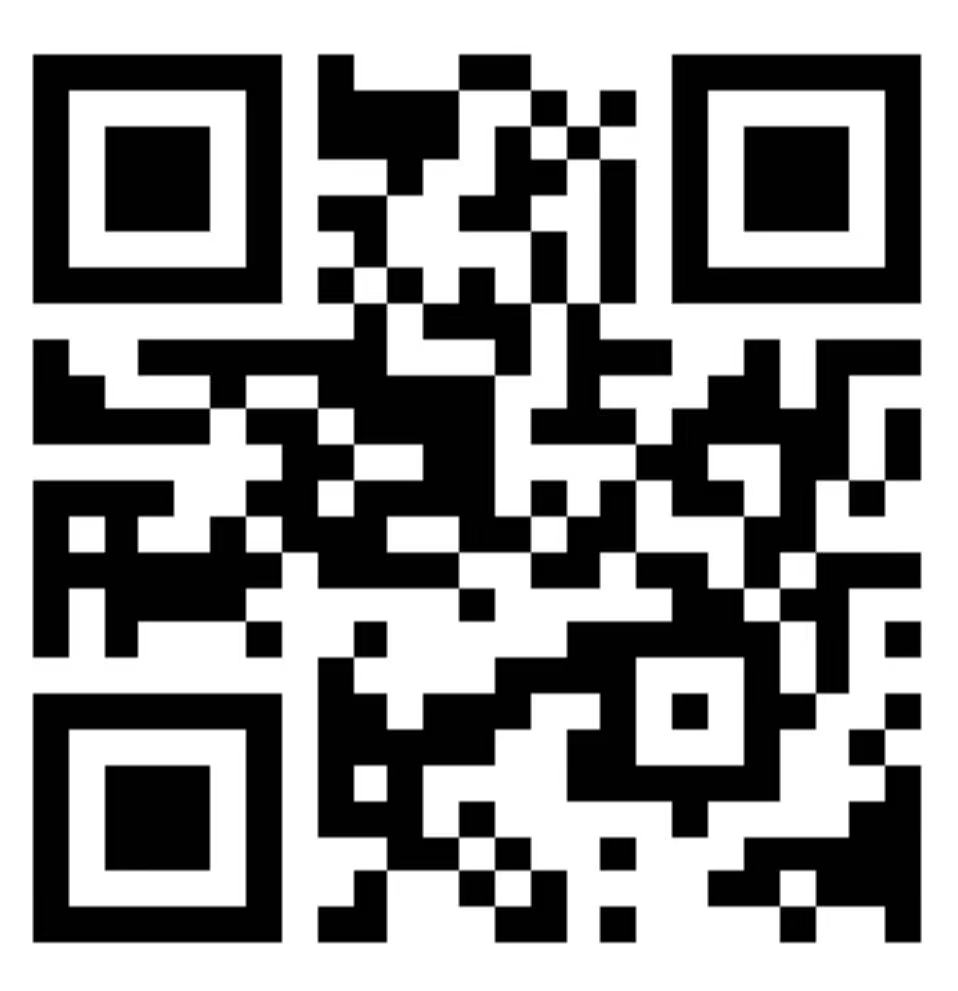Choose Your Country/Region
- Filipino
- Bahasa Indonesia
- Tiếng Việt
- ไทย
- English
- العربية
- Français
- Русский
- Español
- Português
- Bahasa Melayu
- Deutsch
- italiano
- 日本語
- 한국어
- አማርኛ
- Azərbaycan dili
- Беларуская мова
- Български
- বাংলা
- Bosanski
- Català
- Cebuano
- Corsu
- Čeština
- Cymraeg
- Dansk
- Ελληνικά
- Esperanto
- Eesti keel
- Euskara
- فارسی
- Suomi
- Frysk
- Gaeilge
- Galego
- ગુજરાતી
- Hausa
- ʻŌlelo Hawaiʻi
- हिन्दी
- Hmoob
- Igbo
- Hrvatski
- Kreyòl ayisyen
- magyar
- Հայերեն
- íslenska
- עברית
- Basa Jawa
- ქართული
- қазақ
- ភាសាខ្មែរ
- ಕನ್ನಡ
- Kurdî
- Кыргызча
- Latine
- Lëtzebuergesch
- ພາສາລາວ
- Lietuvių
- latviešu
- Malagasy
- Māori
- Македонски
- മലയാളം
- Монгол
- मराठी
- Malti
- ဗမာစာ
- नेपाली
- Nederlands
- Norsk
- Chichewa
- ਪੰਜਾਬੀ
- Polski
- پښتو
- Română
- سنڌي
- සිංහල
- Slovenčina
- Slovenščina
- Gagana Samoa
- chiShona
- Soomaali
- Shqip
- Српски
- Sesotho
- Basa Sunda
- Svenska
- Kiswahili
- தமிழ்
- తెలుగు
- Тоҷикӣ
- Wikang Tagalog
- Türkçe
- українська
- اردو
- Oʻzbekcha
- ייִדיש
- Yorùbá
- isiZulu
close
Choose Your Site
Global
Social Media










